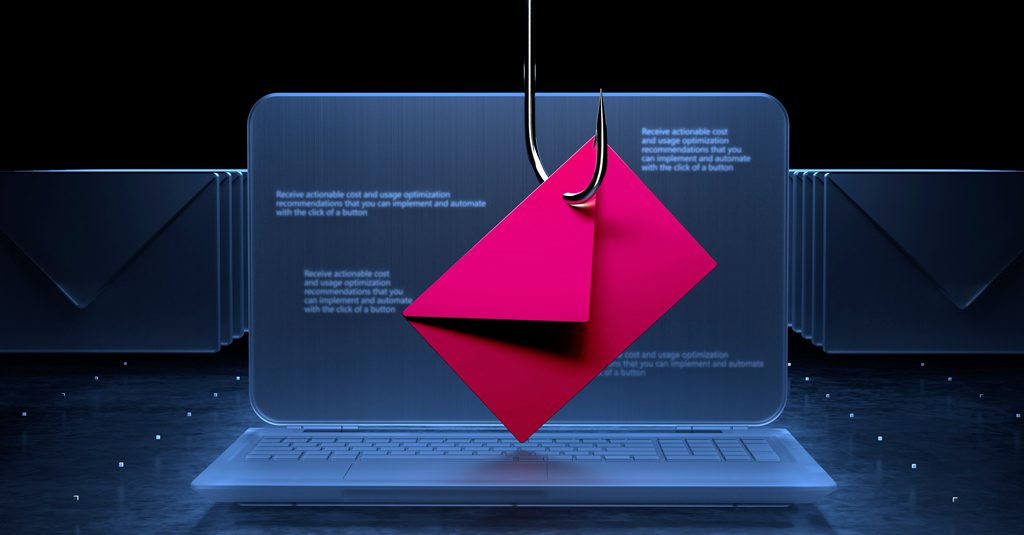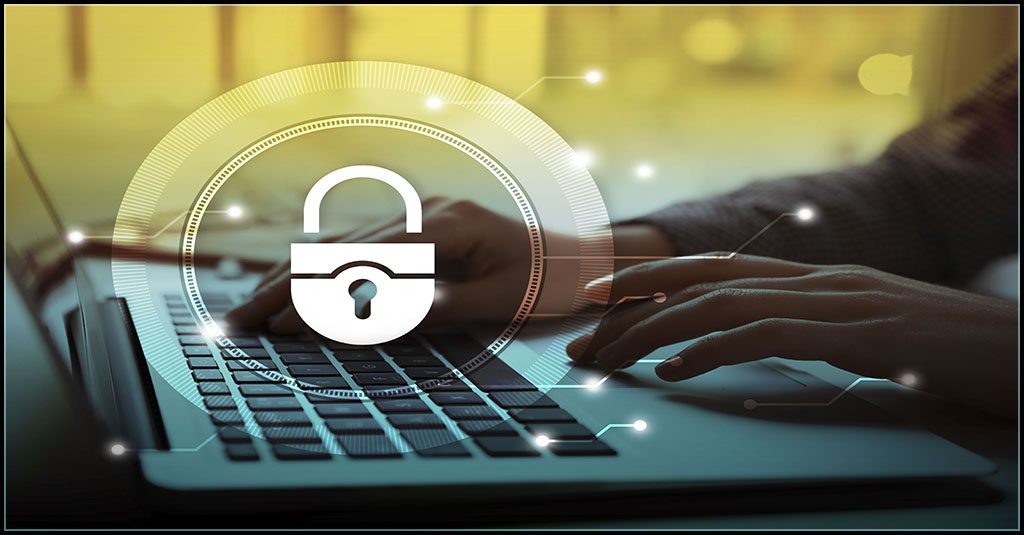5 Proven Ways to Strengthen Cyber Resilience by Safeguarding Users

Cyberthreats aren’t just more frequent – they’re smarter. To stay ahead, businesses need more than prevention; they need resilience. Cyber resilience helps organizations withstand attacks, minimize damage and recover quickly keeping operations moving even when threats break through. Unfortunately, in its Global Cybersecurity Outlook 2025, the World Economic Forum reported that over one-third of businesses know they do not have adequate cyber resilience, a number that has increased sevenfold since 2022. Fortunately, there are a few smart moves that businesses can make to bolster their cyber resilience quickly and affordably.

Feeling overwhelmed by your task list? Discover four strategies for reducing your workload! GET INFOGRAPHIC>>
What is cyber resilience?
Today’s businesses face an ever-growing flood of cyber-risk daily. That deluge isn’t just swamping large companies either. An estimated 43% of cyberattacks are aimed at small and mid-sized businesses. At the same time, today’s fast-evolving cyberthreats have outpaced the old-school castle-and-moat security model, making it effectively obsolete. Instead, many organizations are choosing a defense-in-depth cybersecurity strategy. This approach focuses on layering security controls to better absorb and mitigate the impact of cyberattacks. Cyber resilience is a key element in implementing a defense-in-depth strategy.
Cyber resilience is more than just a buzzword – it’s a strategy for staying operational even when cyber incidents strike. Unlike conventional cybersecurity, it weaves together risk management, incident response and recovery planning. By combining prevention with response, organizations can build a stronger, more adaptive security posture. Key elements of cyber resilience include:
- A healthy cybersecurity culture
- Proactive threat detection
- Robust security controls
- Consistent employee training
- Smart disaster recovery planning
The goal of this approach is to minimize damage, limit operational disruption and speed recovery in the event of trouble.

Get to know the players, commodities and places that are shaping today’s dark web. DOWNLOAD EBOOK>>
5 effective strategies for enhancing cyber resilience through user protection
Establishing cyber resilience starts with a strong foundation that supports the necessary infrastructure, ensuring an organization is prepared to prevent, respond to and recover from user-based threats. These five actionable tips help businesses fortify their cyber resilience with user security.
1. Educate and empower users
Employees are every organization’s first line of defense against cyberthreats. Unfortunately, users can also be the source of cybersecurity disasters. According to the Kaseya Cybersecurity Survey Report 2024, nearly 40% of businesses worry that human error could enable a successful cyberattack within the next year. That concern highlights the need to equip employees with the knowledge and skills to make smart cybersecurity decisions. By fostering a security-aware culture, organizations can significantly reduce risk. Here’s how to empower your employees:
- Regularly conduct security awareness training for everyone: Schedule ongoing cybersecurity training sessions to help employees recognize and respond to threats like phishing and social engineering. The more informed they are, the less likely they are to fall victim to attacks.
- Use realistic phishing simulations: Test your team’s ability to spot phishing attempts with realistic simulations. These exercises highlight vulnerabilities, identify high-risk behaviors and guide targeted training efforts to strengthen your security posture.
- Provide role-specific training: Cyber risks vary by job function. Tailor training content to address department-specific threats. For example, HR teams should focus on protecting sensitive employee data, while finance teams need to secure payment systems.
By educating and empowering users, businesses can transform their employees from potential security risks into proactive defenders against cyberthreats.
2. Protect user accounts and credentials
Every employee has something that bad actors want to steal: credentials. Verizon’s 2024 Data Breach Investigations Report found that over 30% of breaches involved stolen credentials. Plus, the billions of compromised credentials circulating on the dark web give cybercriminals ammunition for their attacks. User account protection is more important than ever. Here’s how businesses can stay ahead of the threat:
- Deploy anti-phishing defenses: Attackers often steal credentials through phishing scams. Implement advanced anti-phishing solutions that leverage AI and machine learning to detect and block malicious emails before they reach users. Email filtering technologies can further reduce the risk of credential theft.
- Monitor for compromised credentials on the dark web: Dark web monitoring solutions continuously scan underground forums and databases for stolen credentials linked to your organization. Early detection allows businesses to take proactive steps, such as forcing password resets, before attackers can exploit compromised accounts.
By implementing these protective measures, businesses can strengthen account security and reduce the risk of credential-based attacks.

Uncover today’s worst phishing threats and see smart strategies to keep businesses out of trouble. GET EBOOK>>
3. Prepare to detect and respond to threats in SaaS applications
Software-as-a-service (SaaS) applications are essential for modern business productivity, with 60% of business data now stored in the cloud. However, their widespread adoption has also introduced new security risks. To protect your organization from SaaS-related threats, implement these key strategies:
- Regularly review and adjust SaaS permissions: Ensure users only have access to the data and features necessary for their roles. Conduct periodic audits of SaaS application permissions and apply the principle of least privilege to minimize insider threats and accidental data exposure.
- Set up real-time alerts for unusual activity: Deploy monitoring tools that track user behavior and SaaS configurations in real-time. Configure alerts to flag suspicious activities, such as unauthorized access attempts, excessive data downloads or unexpected configuration changes, enabling early detection of potential threats.
- Automate threat remediation: Speed is critical when responding to SaaS security threats. Use automation to take immediate action such as locking compromised accounts or blocking unauthorized IP addresses to contain risks before they escalate.
By proactively monitoring, detecting and responding to threats in SaaS applications, businesses can enhance their cloud security and safeguard critical data from evolving cyber-risks.
4. How to Prepare for Ransomware Attacks and Ensure Rapid Recovery
Ransomware remains one of the most disruptive cyberthreats, with 59% of organizations worldwide falling victim in early 2024. These attacks can cripple operations, cause significant financial losses, and even force businesses to shut down. Proactively preparing for ransomware threats is key to minimizing damage and ensuring swift recovery. Here’s how to build resilience:
- Regularly test your recovery plan: A well-documented disaster recovery plan is essential, but it’s only effective if it works under real conditions. Conduct routine tests to ensure your organization can quickly restore operations with minimal downtime. Testing also helps identify weaknesses so you can refine your response strategy before a real attack occurs.
- Implement flexible recovery options: Ransomware can encrypt or corrupt vital business data. Deploy backup and recovery solutions that offer point-in-time restores, allowing you to recover data exactly as it was before the attack. This flexibility ensures minimal data loss and a faster return to normal operations.
- Automate frequent SaaS data backups: Critical data stored in SaaS applications like Microsoft 365 and Google Workspace is just as vulnerable as on-premises data. Set up automated, frequent backups to ensure data remains up to date and securely stored, preventing ransomware from holding essential business information hostage.
By proactively preparing for ransomware threats, businesses can reduce the impact of attacks, recover faster and avoid costly downtime.

Take a deep dive into why an AI-powered anti-phishing solution is a smart financial choice. GET EBOOK>>
5. Protect Your Business from BEC Attacks
Business Email Compromise (BEC) is one of the most financially damaging cyberthreats, with 70% of organizations reporting attempted attacks in the past year. In Q3 2024 alone, 2.18 million emails were flagged for containing malicious attachments. Unlike traditional phishing scams, BEC attacks use highly targeted social engineering tactics to manipulate employees into transferring funds or revealing sensitive information. Here’s how to defend against BEC threats:
- Leverage AI-powered email security: Deploy AI-based email protection solutions that analyze email patterns, detect anomalies and flag suspicious activity. Advanced threat detection powered by machine learning (ML) helps block phishing and BEC attempts before they reach your employees, reducing the risk of compromise.
- Monitor high-value accounts for targeted attacks: Executives, finance teams and other privileged users are prime targets for BEC scams. Regularly monitor these accounts for unusual login attempts, unauthorized email forwarding rules and changes in account permissions. Proactive monitoring helps detect and stop attacks before they escalate.
As cybercriminals refine their tactics, businesses must stay ahead by implementing AI-driven security measures and continuous monitoring of critical accounts. Strengthening your defenses today can prevent costly incidents, like BEC attacks, tomorrow. Assess your organization’s cyber resilience and see where you may need to make improvements with the Building a Cyber-Resilient Business checklist.

Read our case studies and see how MSPs and businesses have benefited from using our solutions. READ NOW>